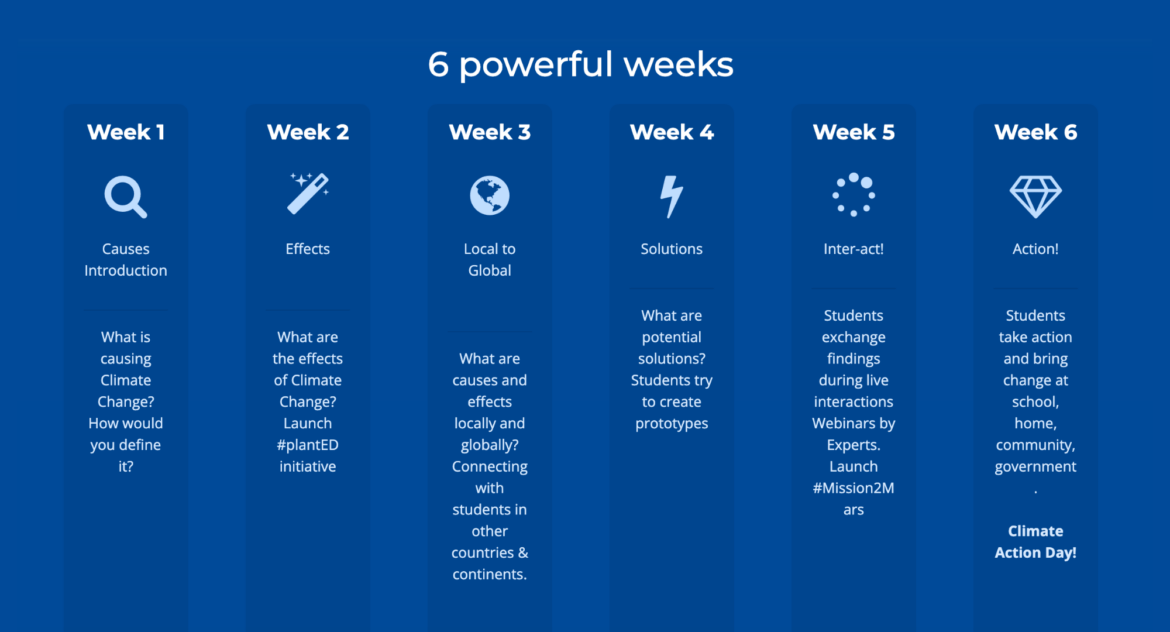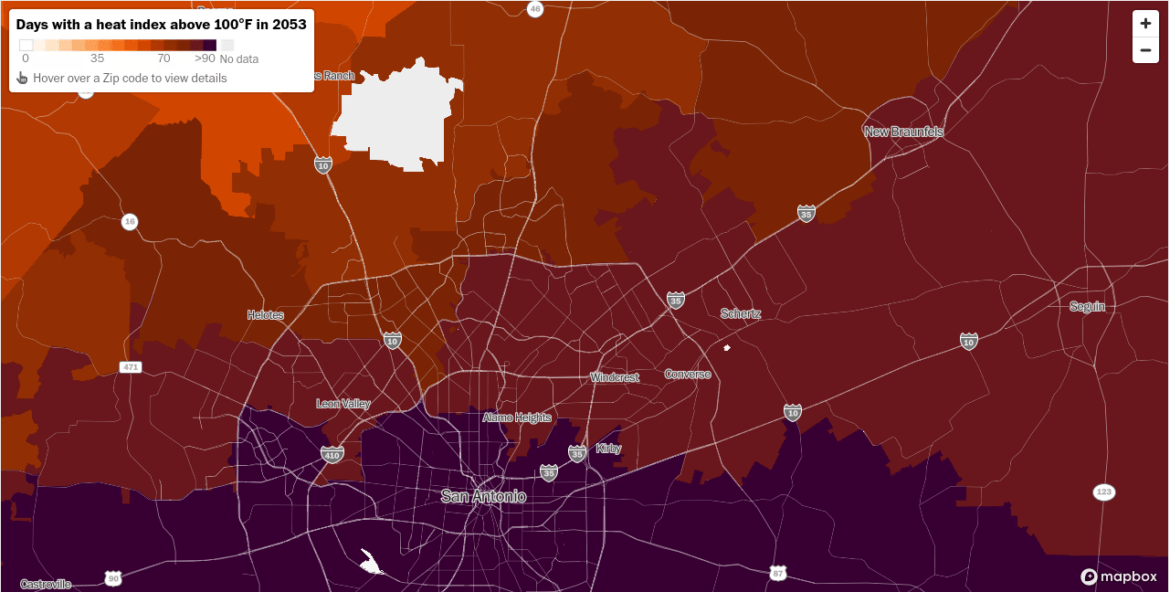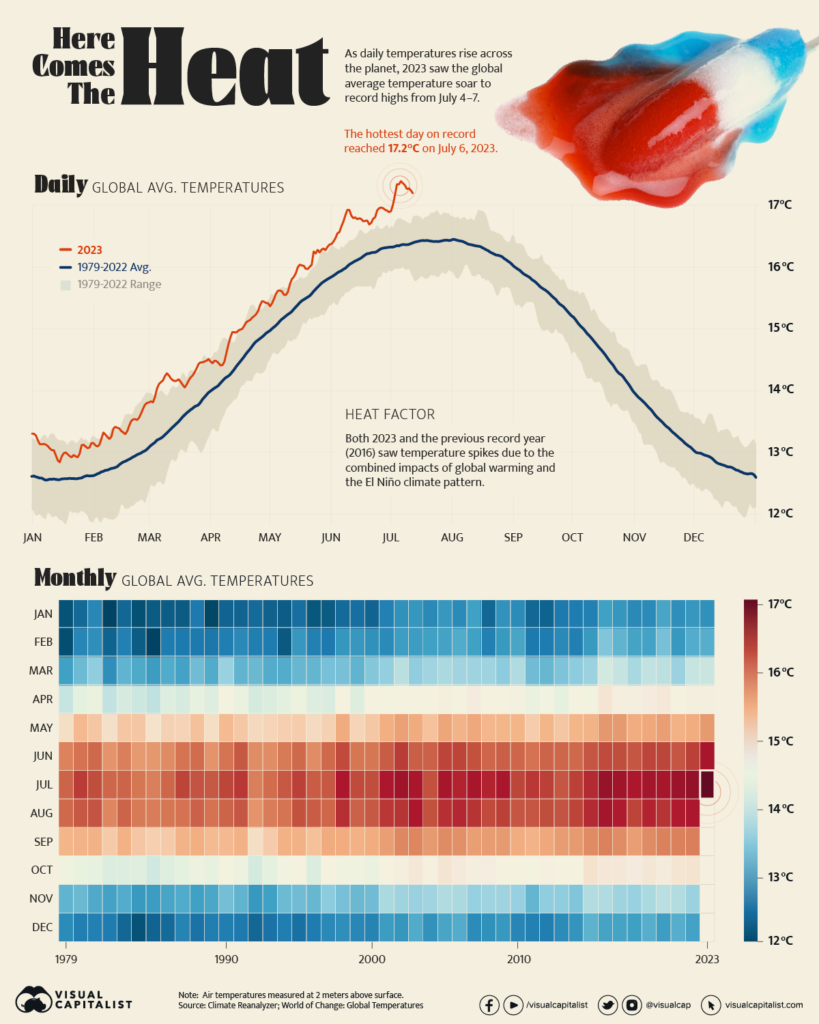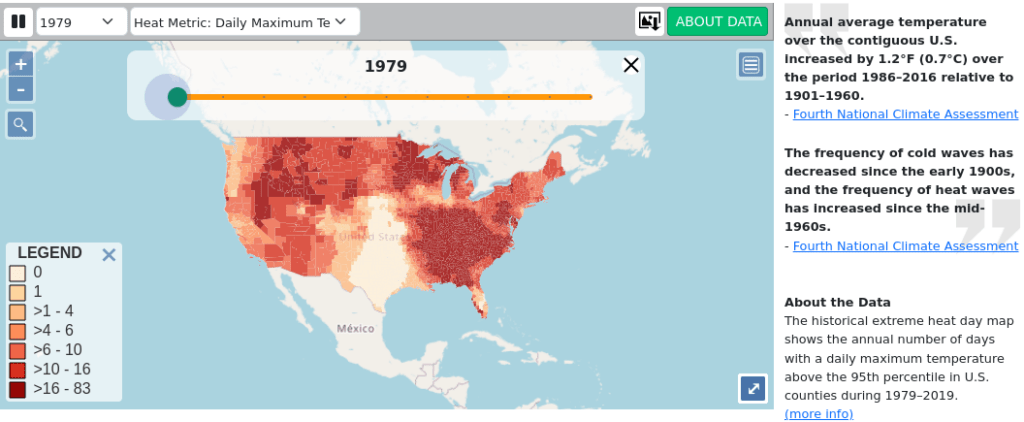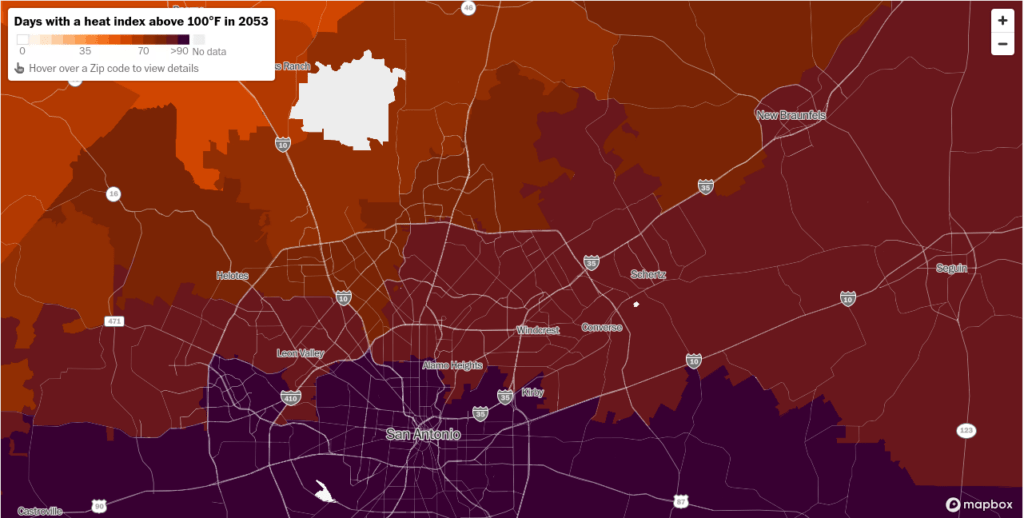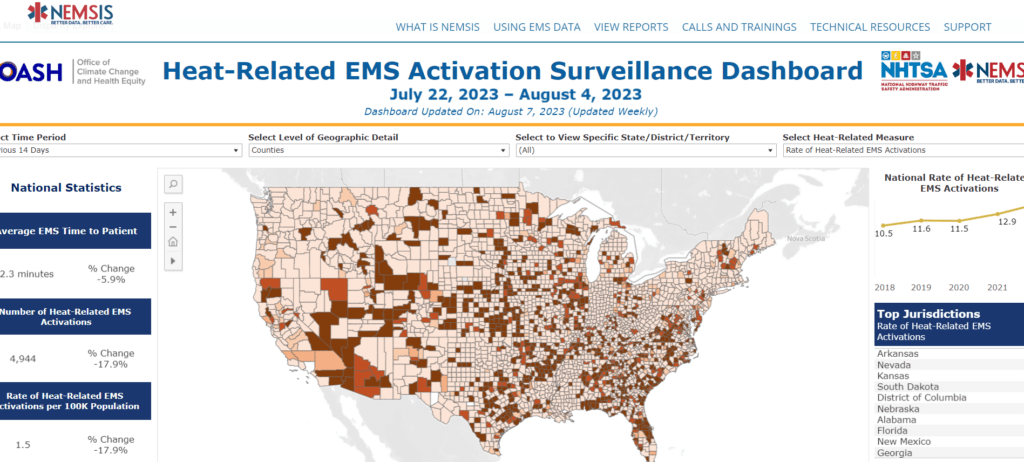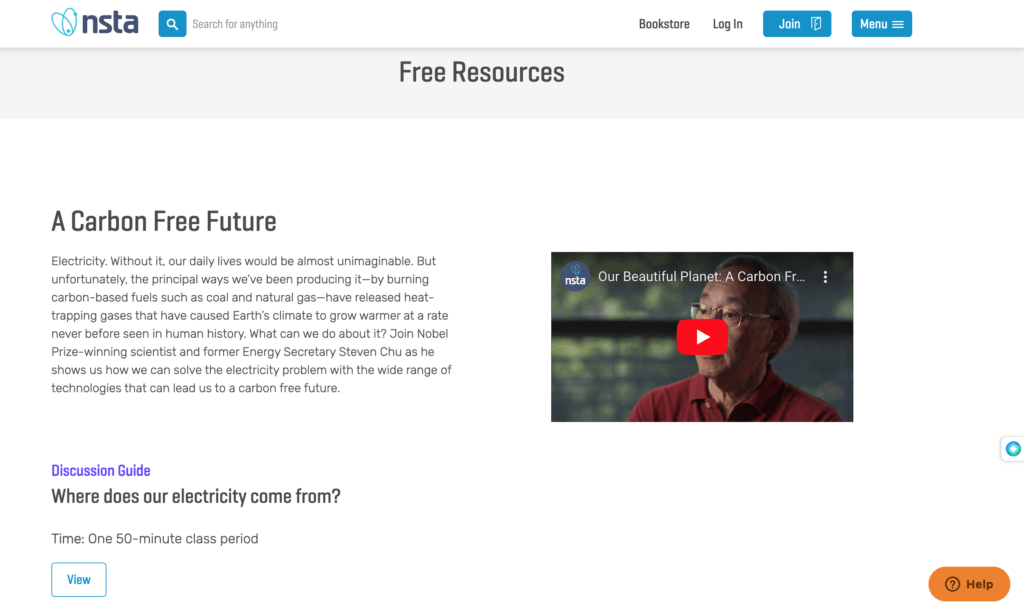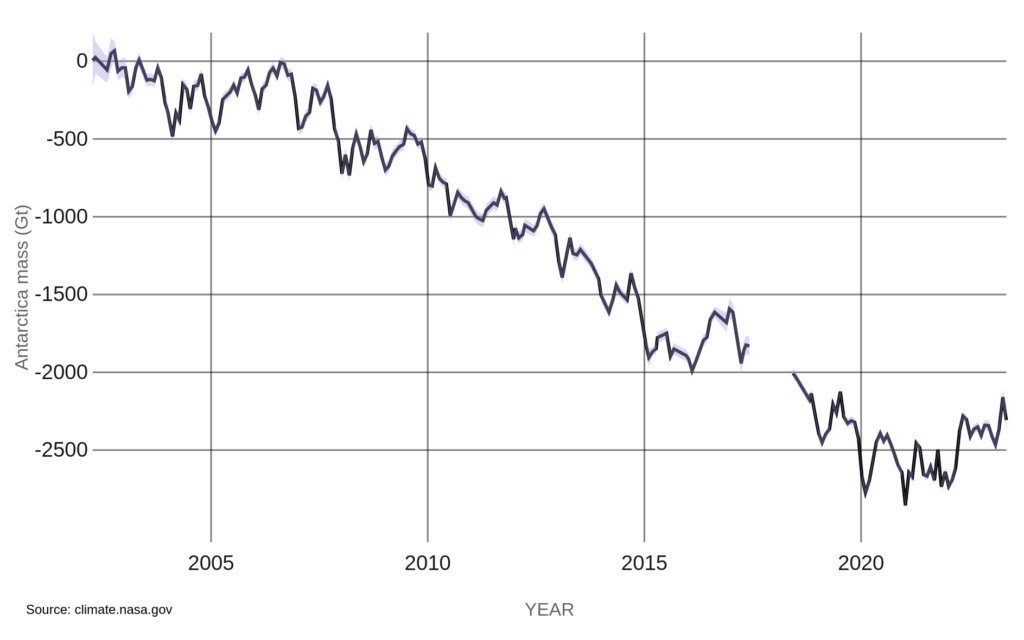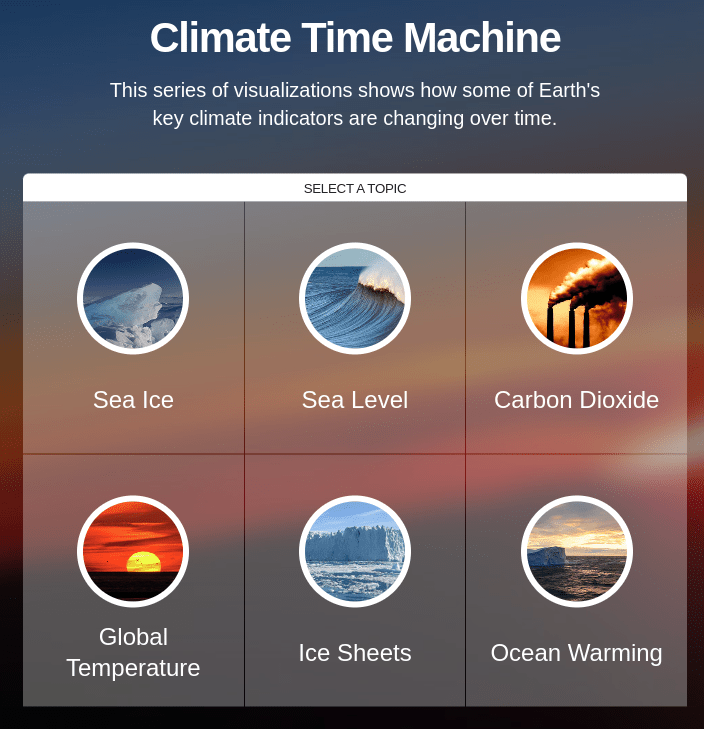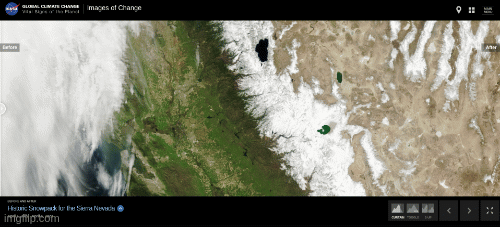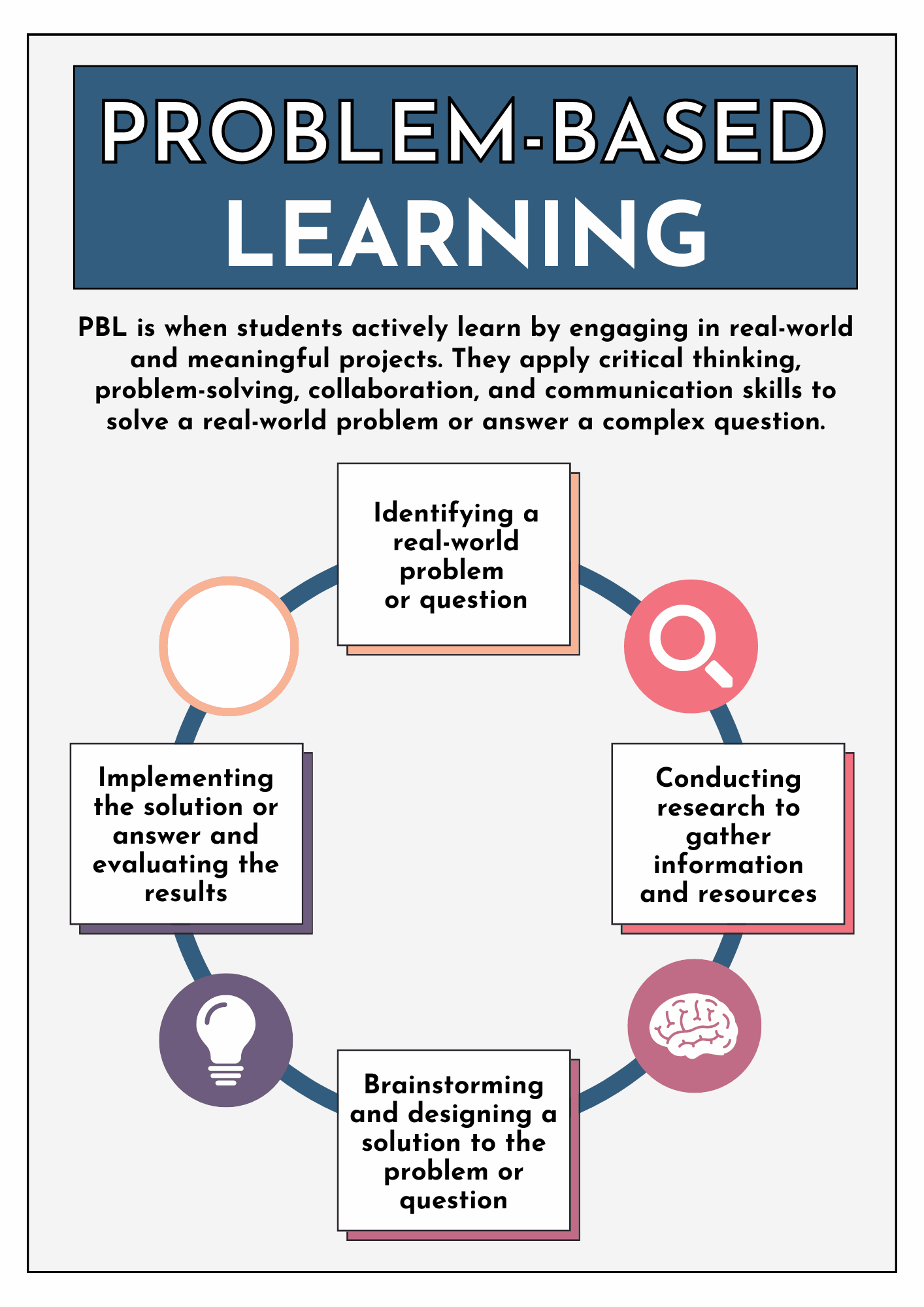In a world facing the pressing challenge of climate change, collaboration and innovation are more crucial than ever. The youth of today are not just the leaders of tomorrow, but also the torchbearers of change today. Take Action Global (TAG) has harnessed the power of interconnected minds and launched the Climate Action Project.
This free, six-week program unites students and teachers from over 150 countries, empowering them to collaborate virtually and tackle one of humanity’s most pressing challenges: climate change. Let’s delve into the transformative impact of the Climate Action Project, highlighting its significance, structure, and the potential it holds for a more sustainable future.
What is the Climate Action Project?
TAG’s Climate Action Project shines as a source of hope in a world where concerns about climate change cast a shadow. The initiative fosters a sense of global unity, transcending borders, languages, and cultures to address a common concern that knows no geographical boundaries. The project is not just an educational endeavor; it’s a movement that seeks to mobilize and empower the next generation of environmental stewards.
At its core, the Climate Action Project is a curriculum-based project about collaboration. It enables students and educators from North America, South America, Europe, Africa, Asia, and Australia to connect virtually, sharing insights, experiences, and innovative ideas to combat climate change. This digital platform erases geographical limitations and replaces them with a shared purpose that resonates across the world.
What does the Climate Action Project Cover?
The Climate Action Project’s structure is designed to maximize collaboration and engagement. Over the course of six weeks, participating classrooms embark on a journey of discovery, exploration, and action. Teachers guide their students through a curriculum that covers various environmental topics, including climate science, renewable energy, sustainable agriculture, and more. This curriculum is not confined to textbooks; it encourages students to engage in hands-on activities, research, and critical thinking exercises.
One of the most impactful elements of the project is its emphasis on student agency. The initiative doesn’t merely deliver knowledge; it empowers students to be proactive changemakers. As they learn about the intricacies of the world around them, students are challenged to identify local issues within their communities. This approach nurtures a sense of ownership and responsibility, driving them to seek viable solutions.
A “Glocal” Perspective
What sets the Climate Action Project apart is its glocal (global + local) perspective. While the project unites students from around the world, it encourages them to focus on local issues that contribute to the broader climate challenge. By acknowledging the interconnectedness of local actions and global consequences, students learn that their individual efforts, when combined, can yield a significant impact. In a world where collaboration and empathy are essential life skills, the Climate Action Project not only equips students with knowledge but also cultivates values that transcend disciplinary boundaries.
Planting Seeds for a Sustainable Future
The impact of the Climate Action Project goes far beyond the six-week curriculum. By instilling a sense of environmental consciousness at an early age, the initiative plants seeds of change that can flourish over a lifetime. As students witness the tangible effects of their actions and connect with like-minded peers globally, they are more likely to carry their passion for sustainability into adulthood.
Furthermore, the project fosters a ripple effect within communities. Students don’t just become advocates for change within their classrooms; they become ambassadors of sustainability within their families, neighborhoods, and social circles. This bottom-up approach is essential for creating a cultural shift towards more responsible and eco-conscious lifestyles.
A Call to Action
The Take Action Global’s Climate Action Project has illuminated a path towards a more sustainable and interconnected world. Now, it’s time for all of us to take action and be a part of this transformative movement. Here’s how you can get involved:
- Spread the Word: Share this post and information about the Climate Action Project with your friends, family, colleagues, and social media networks. The more people who know about this initiative, the greater the impact it can have.
- Support Environmental Education: Whether you’re a teacher, parent, or community leader, prioritize environmental education. Advocate for incorporating sustainability-focused curricula and projects that empower young minds to understand and tackle climate change.
- Empower Young Voices: Listen to the perspectives of young people and involve them in decision-making processes that affect their future. Support youth-led initiatives and encourage their active involvement in environmental discussions.
- Lead by Example: Embrace sustainable practices in your daily life, from reducing plastic waste to conserving energy. By making conscious choices, you inspire those around you to do the same.
- Stay Informed: Keep yourself updated on the latest developments in climate science, environmental policies, and sustainable technologies. Informed individuals are better equipped to drive change and make informed decisions.
- Leverage Digital Platforms: Use social media, blogs, and online communities to raise awareness about climate change and the Climate Action Project. Your online presence can spark conversations that lead to real-world action.
- Participate in Global Events: Engage in global events, such as Climate Action Day. Climate Action Day is a live, online event produced by Take Action Global. During the event, students and teachers will present questions to speakers and will showcase potential solutions for climate change. Schools and classrooms will be recognized for their efforts. The 2024 event will be held on November 7.
As we look ahead, the Climate Action Project stands as a testament to the fact that positive change is possible when young minds are inspired, informed, and united by a shared purpose. The future is in the hands of the youth, and initiatives like these remind us that they are more than capable of steering us towards a more sustainable and harmonious world.

